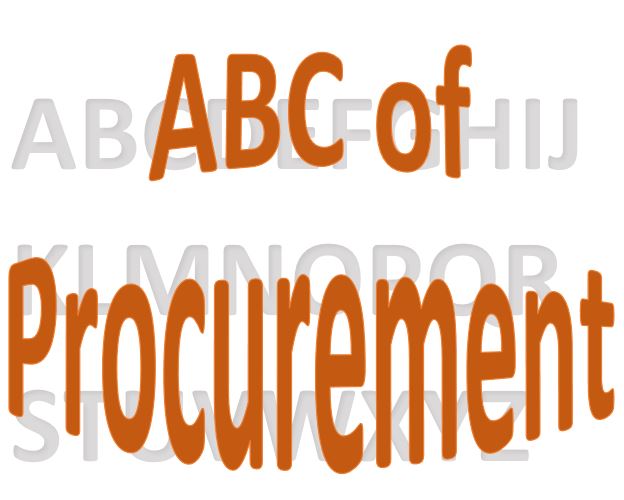Tenders are a very powerful tool in the procurement toolbox. But what are they? Collins dictionary gives us a nice explanation:
“A tender is a formal offer to supply goods or to do a particular job, and a statement of the price that you or your company will charge. If a contract is put out to tender, formal offers are invited. If a company wins a tender, their offer is accepted.”
So, we can say that tenders are:
- Public
- Formal
- Binding
We can do a public tender, where everyone can take part. Or a closed one, by invitation only. We issue the requirements and set up a deadline for the quotations. Once the deadline comes, all quotes are collected.
First, we check if they met the basic criteria set by us. For example: are specifications of the product attached, mandatory certifications etc.
The next step is to evaluate the tender. We do this from a technical and commercial standpoint. The commercial part is quite straightforward, we look for the lowest price. In the technical evaluation, we can use a point system. For every feature, we award a certain number of points. The one with the most points is the best choice. Or we set criteria levels. If the supplier satisfies those requirements, he is level 1. The next criteria bring him to level 2 and so on. Until only one or two suppliers remain.
Also, they are so often mentioned in a negative context. Let’s see why
The pros of tenders:
- They are fast, as they eliminate the lengthy one-on-one negotiation process
- Transparent, as the bids are opened publicly, in presence of all bidders.
- In many cases, they push the bidder to go lower than he would in a negotiation. As he is aware that this is his only chance and someone else may take the contract, the supplier tends to underbid.
And the cons:
- They may confuse bidders, as it is difficult to cover everything in the tender documentation. And if we start explaining details to every bidder individually, we are back to the negotiation process.
- Bids arrive earlier, either via post or electronically. This gives the possibility to open them and inform the preferred supplier about the terms the competition has offered.
- They are not very helpful if the project is technically complex. We can solve this by having two lots; the first will be the technical part. Only the suppliers that pass this part can move on to the second stage, which is the commercial part.
Tender execution
So, how to execute a tender without falling into the many traps and harnessing the efficiency of the process? I can give a couple of pieces of advice, feel free to add more in the comments section.
- Make sure all questions are addressed in advance. You need to go through the technical requirements and specifications with your stakeholder in detail. Even, in some cases, consult one or two potential suppliers
- Create the process so no one doubts the transparency. Earlier, it was a big mailbox, with keys in possession of the VP. Now we have several e-tender options. That prevents anyone from seeing the offer details before the deadline.
- There are many ways to evaluate the bids, especially if they have a complex technical requirement. No matter which one you choose, announce them in advance. And stay with them throughout the process, unless you made a really big mistake that may ruin the project. But then you have to do the tender from scratch.
Can we still negotiate? Yes, of course. Especially if the project value is large. Or the project is complex. There will be details to discuss, and even then, we can challenge the price again. Also, it may happen that, during the discussions, parties find a way to be more efficient or cost-effective.
Don’t shy away from tenders. They save both time and money. If, like any tool, they are used properly.


